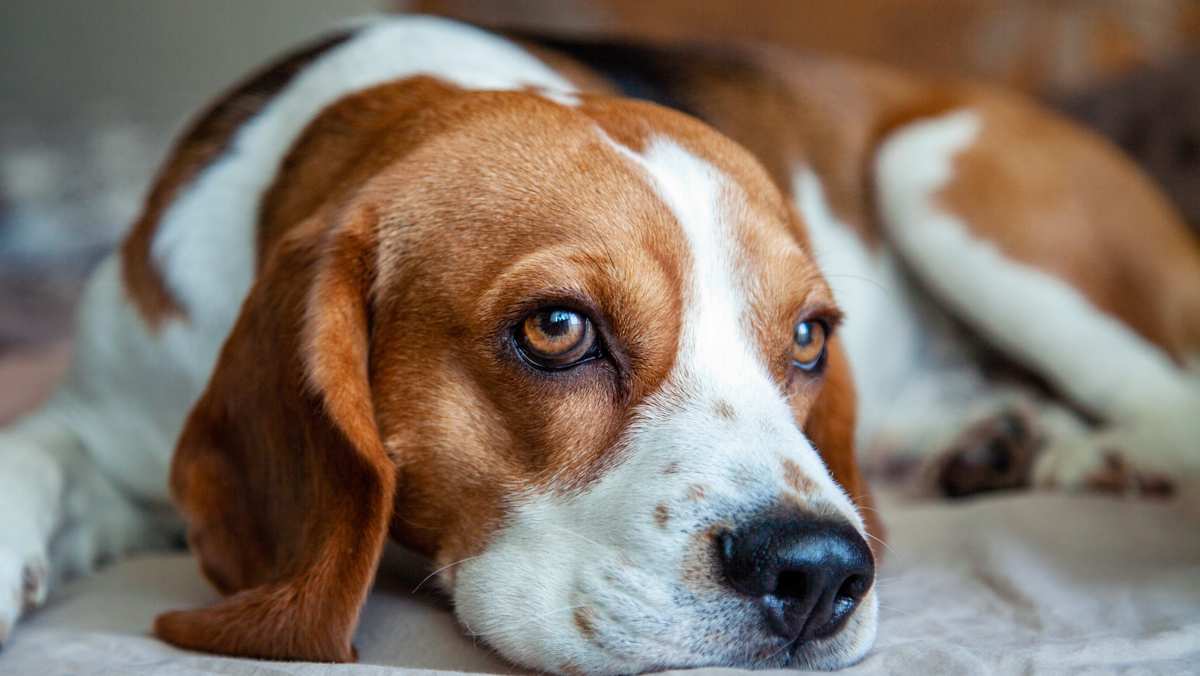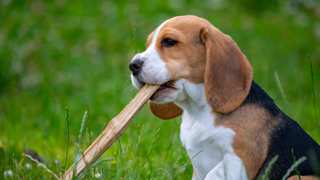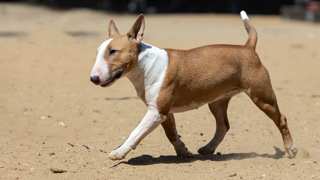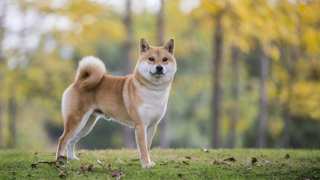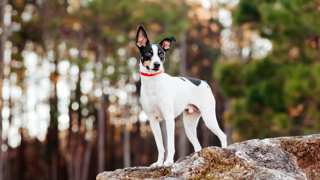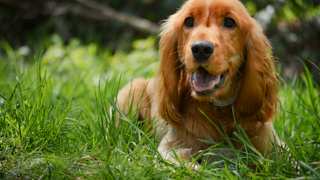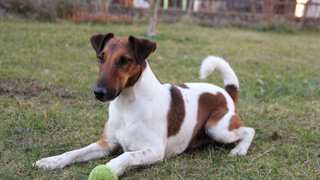The Beagle is known for its powerful nose--and this breed uses its keen sense of smell to sniff out all manner of Beagle food! To a Beagle, dog food is practically anything edible (and unfortunately, some things that aren't). Though active, these dogs have high tendencies for obesity--because food for Beagle dogs is an essential part of their lives.
So for owners, the Beagle diet plan is extremely important. Like other breeds, food for Beagle puppies and adults will need to include animal proteins and carbohydrates for energy, vitamins and minerals for digestive and immune health, and omega fatty acids for coat and skin wellness. This means the most sensible food is the premium dry kind, as it has balanced portions of those nutrients. If fed a diet consisting of brands like Blue Buffalo or Royal Canin, Beagle dogs will be much healthier. Owners can also add fresh foods like fruits, vegetables, and brown rice to the dry food--and since the answer to the question "What do Beagles eat" is "practically anything," these dogs will love those additions.
But exactly how much should a Beagle eat each day? Honestly, not nearly as much as they'd like! The standard adult Beagle food amount is 1½ cups of premium dry food per day, divided into two meals. Beagle puppy food portions are a bit less: depending on the pup's age, about one cup per day, divided into three meals (not two) until six months old.
For further info on feeding these dogs from puppyhood through maturity, here's a handy Beagle food chart:
Dog AgeDog WeightFood TypeAmountFrequency7-8 Weeks4 lbsDry (Puppy formula)0.1 cups3x/day11-12 Weeks8 lbsDry0.2 cups3x/day6 Months15 lbsDry0.33 cups3x/day8 Months20 lbsDry* (Puppy/Adult)0.6 cups2x/day10 Months+25 lbsDry (Adult formula)0.75 cups2x/day(*--Around this time, transition to adult food by first mixing in a bit of adult formula with the puppy formula. Over the course of a week, with each meal add a little more adult food to the mixture, until the dog is eating it entirely.)
It's imperative that owners try and stick to the above-listed portions. Again, Beagle eating is their favorite hobby, and they'll quickly become obese if allowed to overeat. The fat Beagle dog will have numerous health issues--arthritis, poor circulation. digestive problems--as well as a shortened lifespan. You can help control your dog's weight by establishing consistent Beagle feeding and exercise schedules, by not feeding the dog table scraps, and by not leaving food in the dog's bowl all the time. It's better to put the dog's bowl down only at mealtimes, then pick it up a few minutes later.
If you're worried your Beagle is overweight, give the dog this test: run a hand along its side, and if you can't feel any ribs, it's diet time. Reduce the dog's daily food consumption by one-fourth, switch to a premium diet formula, and add an extra walk, jog, or play period to its daily exercise schedule.
